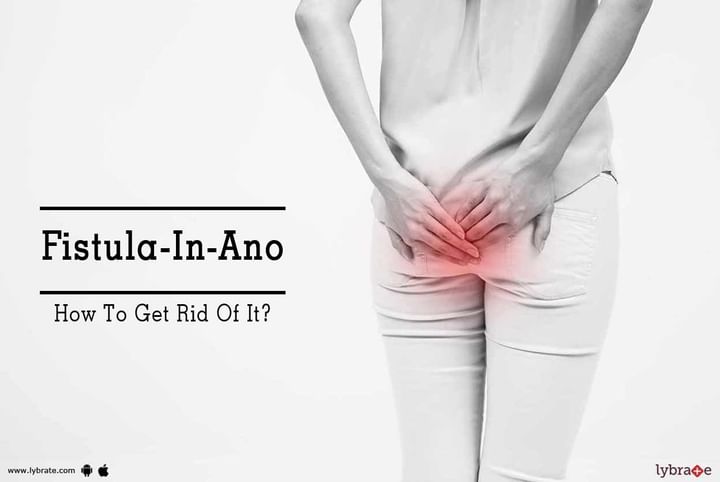Fistula-In-Ano - How To Get Rid Of It?
An anal fistula, is also called as fistula- in -ano, it is a small channel that develops between the end of the large intestine called the anal canal and the skin near the anus. This is a painful condition, especially when the patient is passing stools. It can also cause bleeding and discharge during defecation.
Genesis of fistula-in-ano
Almost all anal fistulae occur due to an anorectal abscess that begins as an infection in one of the anal glands. This infection spreads down to the skin around the anus causing fistula-in -ano. The anorectal abscess usually leads to pain and swelling around the anus, along with fever. Treatment for anorectal abscess involves incising the skin over the abscess to drain the pus. This is done usually under local anesthesia. A fistula-in-ano happens when there is failure of the anorectal abscess wound to heal completely. Almost 50% of patients with an abscess go on to develop a chronic fistula-in-ano.
Anal Fistula - What Causes It?
An anal fistula refers to a small infected tunnel connecting the anus to the outer skin. Your body eliminates solid waste products or feces through the anus. When any of the glands inside the anus becomes infected or blocked, an abscess may form, which in turn results in formation of anal fistula. In about 50% of the cases, abscesses develop into fistulae. What are the causes for anal fistula? Anal fistulae occur primarily due to the formation of an abscess or infection in the anus. If the abscess does not heal completely after the pus has been drained away, a fistulacan develop.
Other factors responsible for the occurrence of anal fistulae are-
- Crohn’s disease- a chronic condition where the digestive system becomes inflamed.
- Diverticulitis- an inflammation of the small pouches that develop along the intestinal walls.
- Hidradenitis suppurativa- a chronic painful skin condition which causes scarring and abscesses on the skin. Apart from these, people with HIV or infected with Tuberculosis disease also develop anal fistulae. If you’ve had a surgery around the anus, then post-surgery complications may lead to infection or abscess on the skin.
Symptoms
Pain- Constant pain which gets worse when sitting down
Irritation around the anus, like swelling, redness and tenderness
Discharge of blood or pus
Constipation or pain while evacuation
Fever
Diagnosis
A clinical evaluation, including a digital rectal examination under anesthesia, is carried out to diagnose anal fistula. However, few patients may be advised screening for rectal cancer, sexually transmitted diseases and diverticular disease.
Treatment
Surgery is the only treatment of fistula. For fistulas associated with inflammatory bowel disease treatment of the conditions is required for the healing of fistulas. The type of surgery depends on the position of the anal fistula. Most patients are treated by simply laying open the fistula tract to flush out pus, called Fistulotomy. This type is used in 85-95% of cases and the fistula tract heals after one to two months.
1. Seton techniques: A seton is a piece of thread (silk, plastic) which is left in the fistula tract to treat anal fissures. This is used if a patient is at high risk of developing incontinence after fistulotomy.
2. Advancement flap procedures: When the fistula is considered complex, carrying a high risk of incontinence, then this advanced technique is used.
Other techniques like Fibrin glue and Bioprosthetic plug are also used to surgically treat anal fistulas. In the Fibrin glue technique, glue is injected into the fistula to seal the tract, after which the opening is stitch closed. Bioprosthetic plug is a cone-shaped plug made from human tissue, which is used to block the internal opening of the fistula. After these stitches are used to keep the plug in place.
Whatever the surgical technique, one can experience minor changes incontinence. Patients usually don t require antibiotics after surgery but have to take pain medication. They may also have to use gauze to soak up drainage from anus. After surgery, patients should seek help if they have increased pain or swelling, heavy bleeding, difficulty in urination, high temperature, nausea or constipation.



+1.svg)
